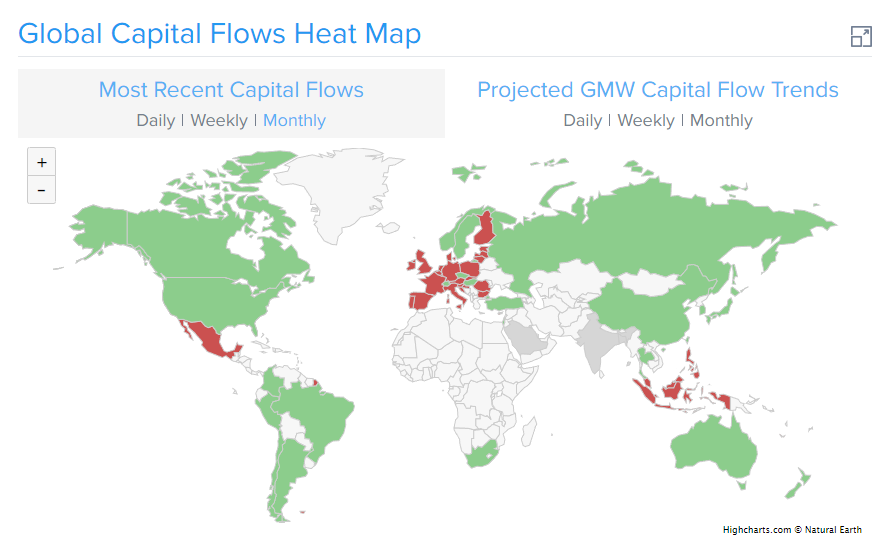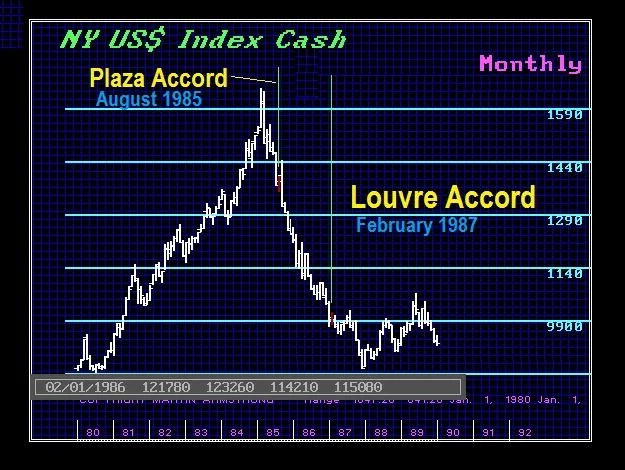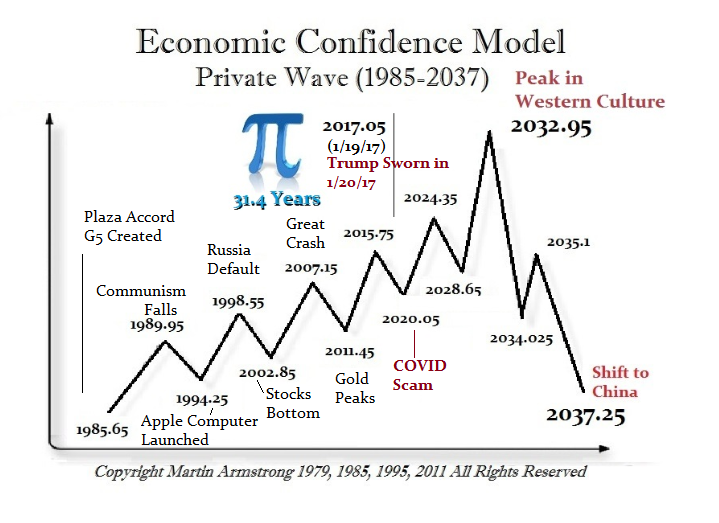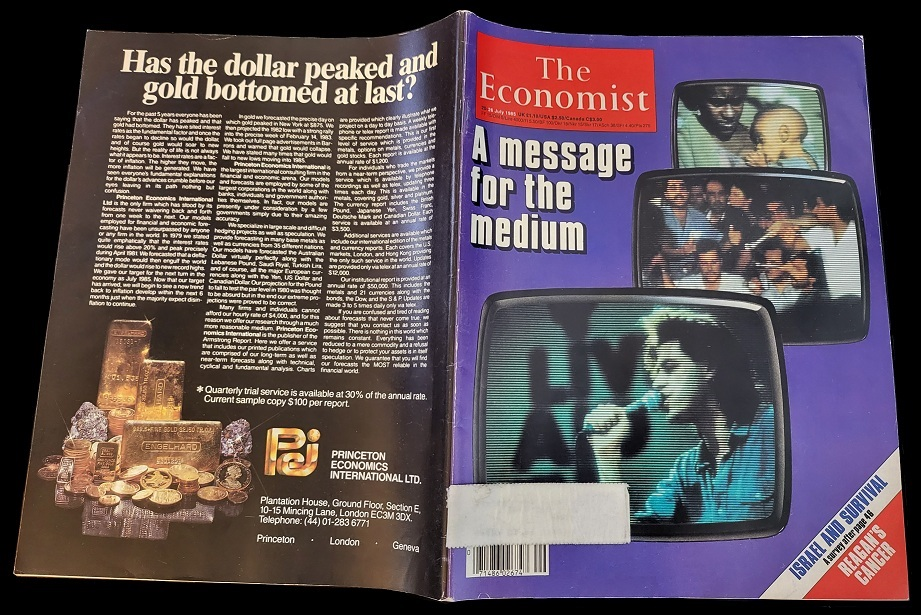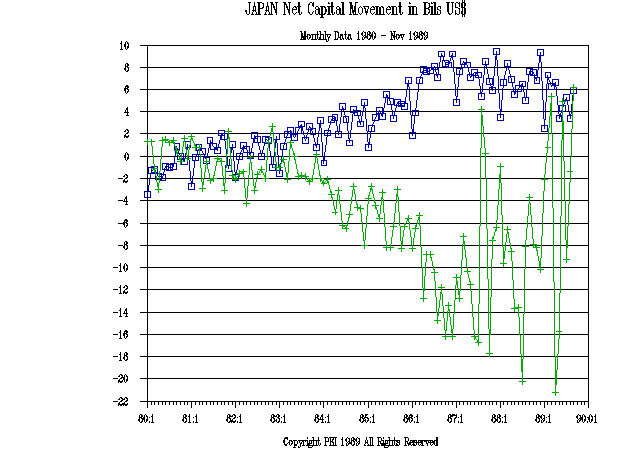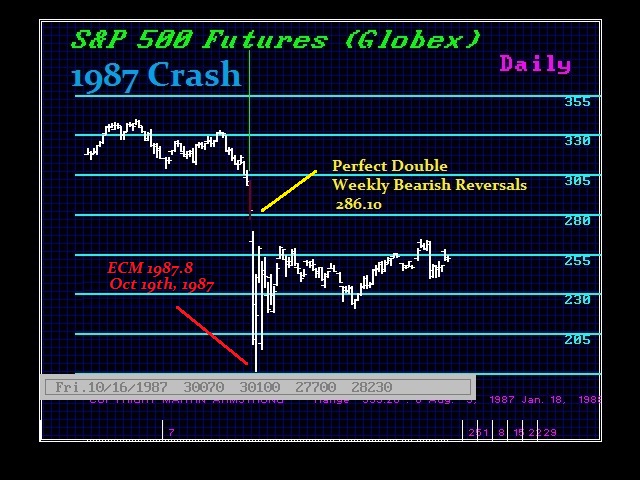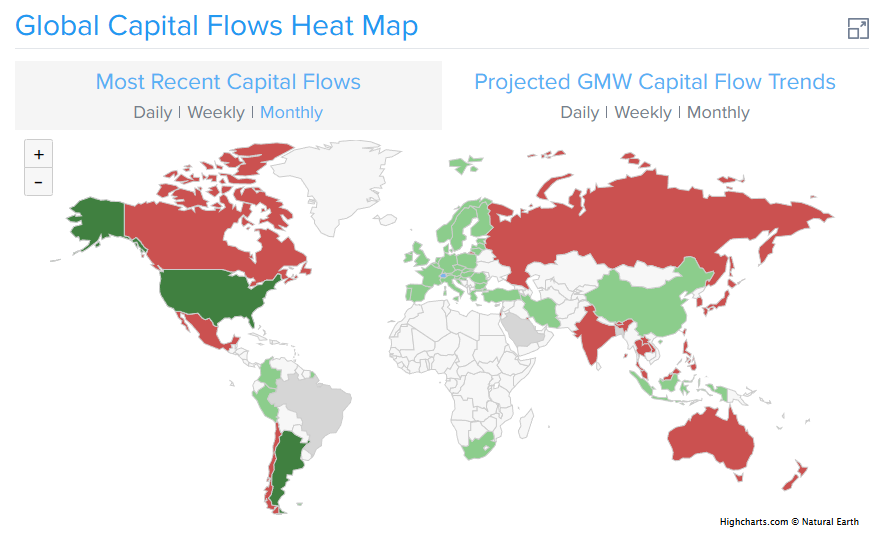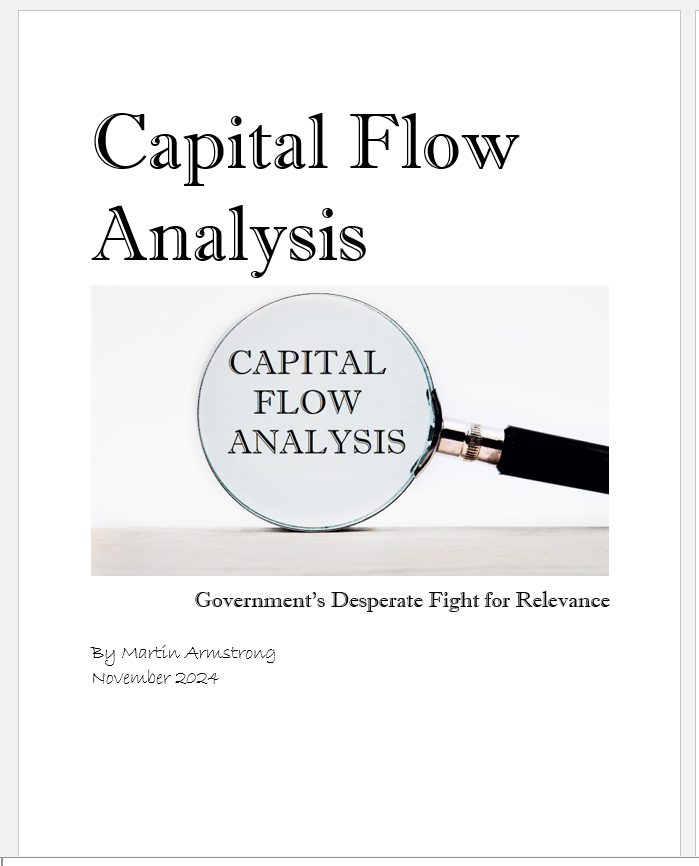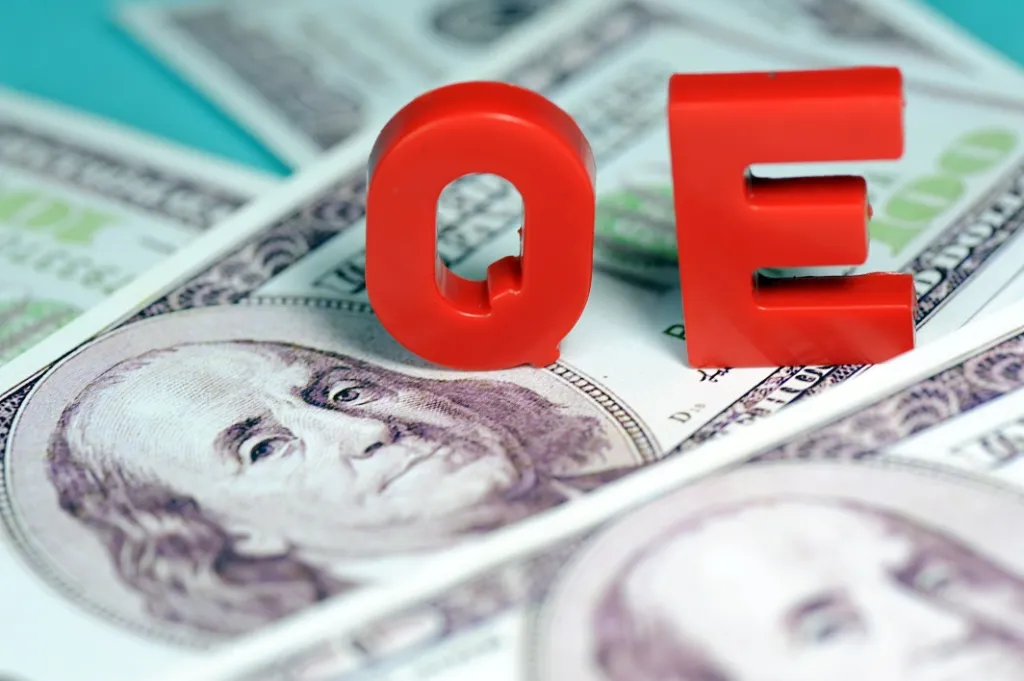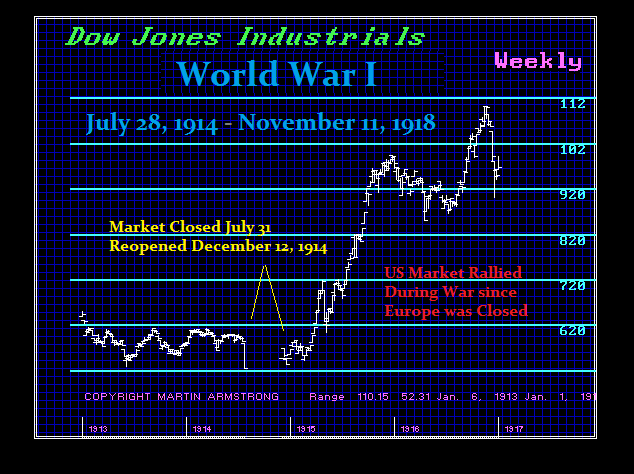COMMENT: I found Lagarde’s comment about “those savings actually stay here to finance what needs to be financed” to be an admission that they are well aware of Socrates. You are the inventor of Capital Flow Analysis. It took an actual international hedge fund manager to see the flow of capital and change world economics.
Congratulations on your life’s work
Frank
REPLY: Thank you. Our daily capital flow map is highly watched – just hit the home button on Socrates. As I have said many times, during the early 1980s, when I had an office in Geneva, that was where all the money was concentrated. The OPEC money was all being managed there. The ECM turned in 1985, and with it, afterward, the G5 formation at the Plaza Accord took place. That was the turning point in capital flows, and I was trading it back then.
I warned President Reagan that this would lead to an Asset Crash by 1987. They thought they could lower the dollar by 40% to reduce the trade deficit and did not understand the international investment. By February 1987, there was the Louvre Accord with the G7. They said the dollar’s decline had gone far enough. The dollar continued to decline, and that set in motion the 1987 Crash. It was the realization that the central banks were not in control.
I warned President Reagan against this Plaza Accord because look at the dollar chart. The dollar had already begun its decline. Because it declined after the Plaza Accord, people attributed the dollar decline to the G5 when it was the market shift all along.
I took the back cover of the Economist Magazine for three weeks during July 1985 to announce that the deflation had ended, the dollar had peaked, the decline in gold would pause, and inflation was about to return. That was the July turning point in 1985.65.
The entire problem was that the G5 was the idea of James Baker, and these people never understood the international economy. This is the same problem today with domestic analysts and fund managers who only look at the Fed and never once look beyond the borders. You can see that is their constant claim the dollar will crash and we will have hyperinflation as if there is nobody else in the world other than the United States.
When Baker pulled off his Plaza Accord, the dollar had already turned. The domestic people attribute this incredible power to the central banks’ ability to manipulate the world economy. This is the same problem with Klaus Schwab and his WEF. He is an academic, and they think they can manipulate society like Karl Marx and eliminate the business cycle. They do not know the first thing about the world economy.
The dollar turned with the ECM in July 1985. The Plaza Accord came in when the dollar was already poised for a decline. Attributing this fantastic power to central banks was a joke. So when the Louvre Accord took place, and they said enough, it failed, sending a shock wave around the world.
Here is the evidence of why I became famous for forecasting the 1987 Crash, which was far more critical than most because it had to do with currency. Fund managers called their broker and asked why the stock market was down sharply, and they responded, “I DON’T KNOW.” The Brady Commission investigated and could not find the short player that caused the crash. When they asked fund managers why they sold, they admitted they did not know why the market was crashing, and the prudent response was to get out.
Even the Central Bank of China came out and publicly admitted it was using Capital Flow Analysis. In 2015, they told the London Financial Times, “Hence, we do not view such transactions as material to the overall outlook for China-related capital flows and its reserves in particular.”
Yes, we have the only such model globally with more than a 40-year track record. Our data sources are renowned and provide access to data on a global scale, which is vital to comprehending how the world economy functions. So yes, all serious central banks tune in to our maps.

